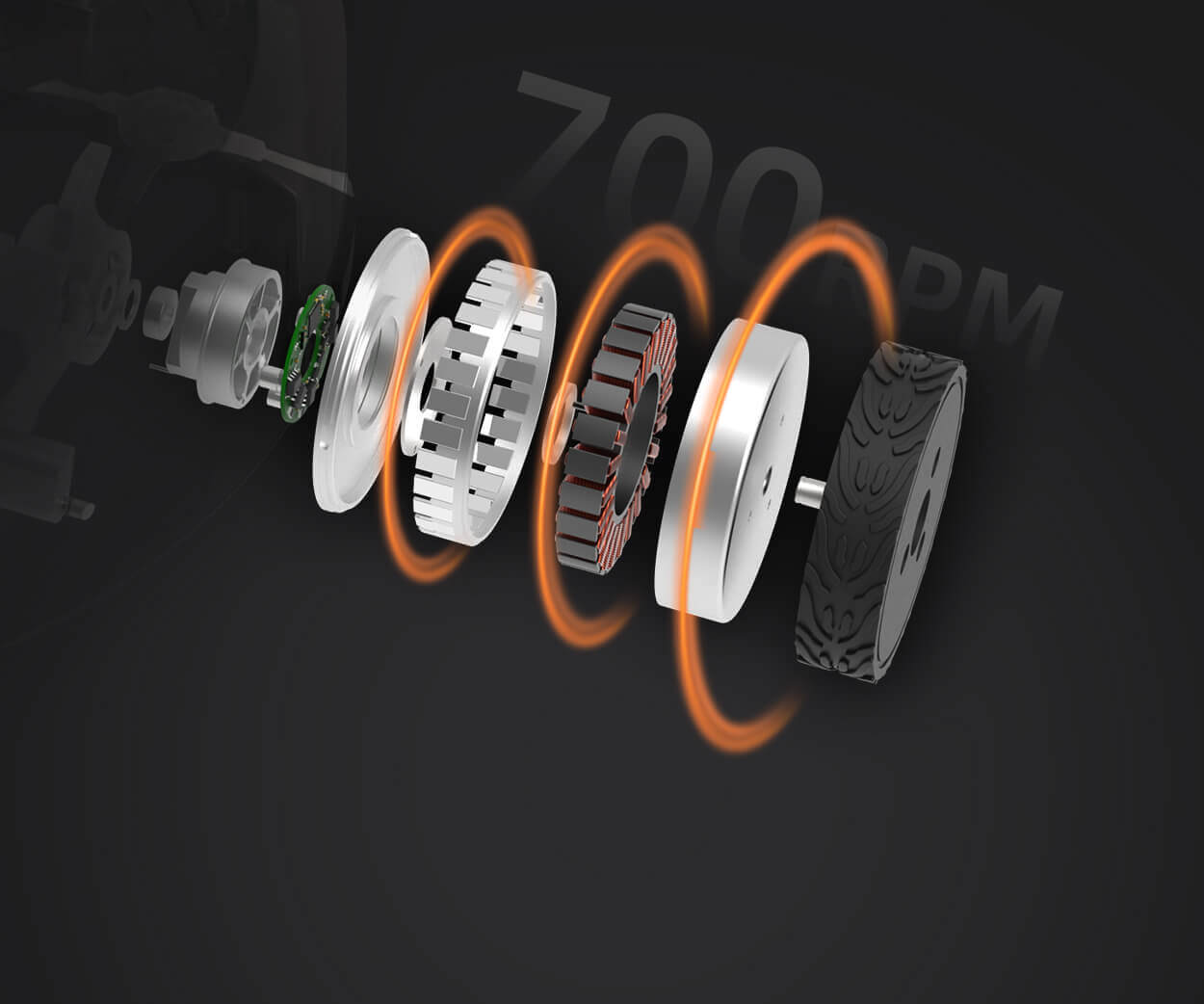part 1:
Imagine a tiny, unassuming motor capable of conveying immense accuracy and responsiveness—an elegant marvel that quietly powers everything from robotic arms to tiny camera gimbals. This is the servo motor, particularly the 90-degree variant, a cornerstone component for developers, engineers, hobbyists, and industry professionals alike. Its ability to precisely control angular position makes it indispensable wherever exact movement matters.

At its core, a servo motor is a closed-loop control system, which means it doesn't just move to a position and stop; it continually adjusts to maintain that position against external forces. This feedback mechanism, usually involving a potentiometer or encoder, allows for minute adjustments, delivering seamless, accurate rotations. The “90 degrees” aspect refers to the motor's typical range of motion—half a full turn—making it ideal for applications requiring precise, limited rotation rather than continuous spinning.
But why is this specific angular range so captivating? It all comes down to control and simplicity. A 90-degree servo motor offers a straightforward solution for tasks that need a quick, accurate turn—think of robotic grippers opening and closing, camera tilt mechanisms, or even steering systems in small vehicles. Its rotational range is enough to accomplish complex tasks without the complexity or expense of full 360-degree rotation, creating a sweet spot of affordability, precision, and ease of use.
Understanding the inner workings of a 90-degree servo reveals why it is so efficient. Unlike traditional motors, which are designed to rotate continuously, servo motors come with integrated control circuitry and feedback sensors. When a control signal, such as a PWM (pulse-width modulation), instructs the servo, the internal circuitry compares the current position with the target position. The motor then adjusts its shaft position accordingly, applying just enough torque to reach and hold that position.
The attraction of a 90-degree servo lies also in its simplicity and speed. These motors are incredibly responsive, capable of changing position swiftly and holding it steady. For example, in a robotics context, a servo arm can pivot precisely to a set angle, enabling complex movements like grasping objects or orchestrating delicate maneuvers. The compact size further enhances its versatility, fitting smoothly into tight spaces and lightweight designs.
From a technical perspective, the key specifications to pay attention to include torque, speed, accuracy, and power supply. Torque indicates how much force the servo can exert at the 90-degree position—crucial for applications involving heavier loads or requiring steady holding force. Speed relates to how fast the servo reaches its target angle, impacting responsiveness. Accuracy involves the minimal deviation from the intended position, often expressed in degrees or fractions thereof. Power supply varies depending on the size and purpose of the servo; smaller models might run on 4.8V, while more robust variants could require 6V or higher.
In practice, choosing the right 90-degree servo involves aligning these specifications with your project's needs. For instance, a camera tilt mechanism in a home security system demands high positional accuracy and quick response times. Robotics grippers need sufficient torque to grasp objects securely without overshooting. Hobbyists might lean toward lightweight, affordable options that deliver consistent performance.
The beauty of the 90-degree servo lies in its adaptability. It’s not confined to robotics alone—architecture models, animatronics, aircraft control surfaces, and even educational kits benefit from this precision component. Its intuitive control and predictable behavior make it a favorite for both seasoned engineers and curious newcomers setting foot into automation and mechatronics.
Moreover, the evolution of servo motors has been fascinating, with modern designs integrating digital control, reducing noise, improving efficiency, and offering features like programmable endpoints or multiple position modes. These advancements expand the potential applications, allowing for more refined control in complex systems. Some servo models even feature metal gears for enhanced durability, especially in demanding environments.
While the “90 degrees” often refers to the range of movement, some models can be limited or extended depending on the firmware or physical constraints. This flexibility ensures they suit specific tasks—whether you want a precise 45-degree turn or a full 180-degree sweep, the right servo can be configured accordingly.
In essence, the humble 90-degree servo motor is a tiny titan of precision, blending electrical and mechanical engineering in a compact package. Whether embedded into a miniature drone, part of a sophisticated robotic arm, or assisting with artistic installations, it embodies the synergy of control, power, and simplicity.
Stay tuned for the second part, where we'll explore detailed applications, how to select the perfect servo for your needs, and delve into innovative trends shaping the future of 90-degree servo technology.
Leveraging innovations in modular drive technology, Kpower integrates high-performance motors, precision reducers, and multi-protocol control systems to provide efficient and customized smart drive system solutions.




































